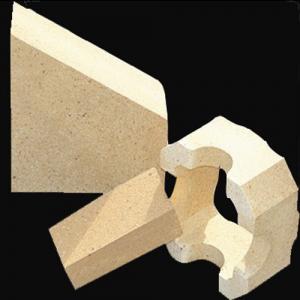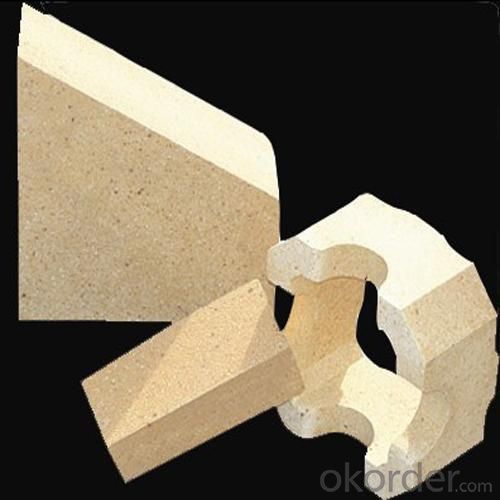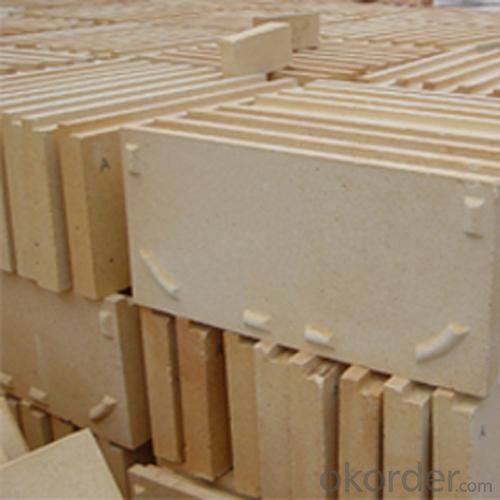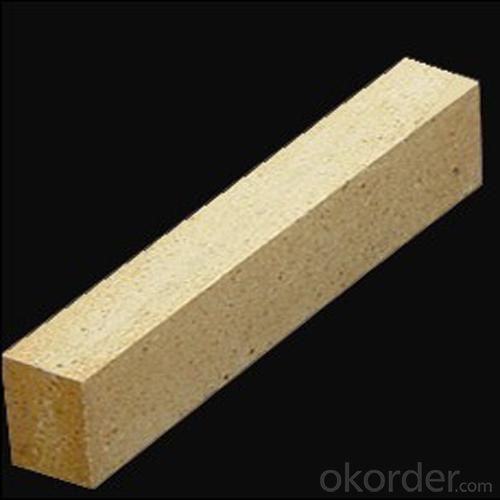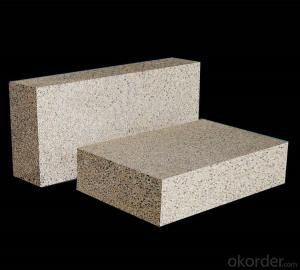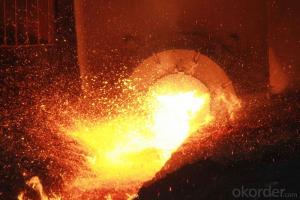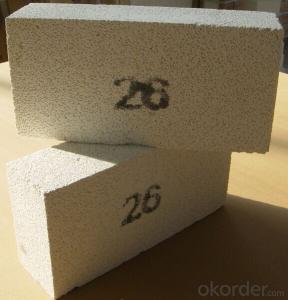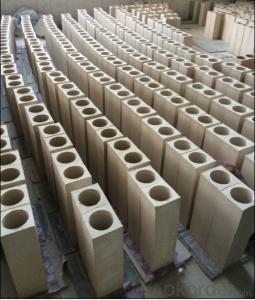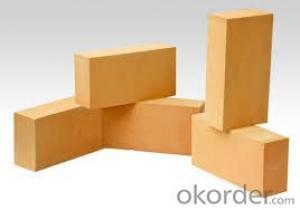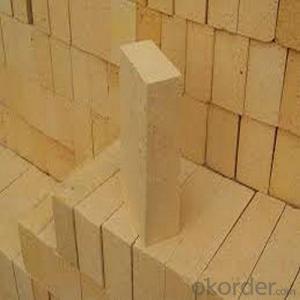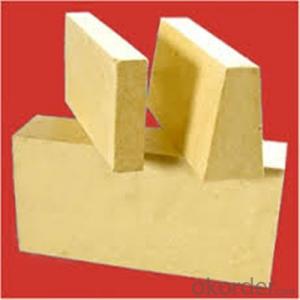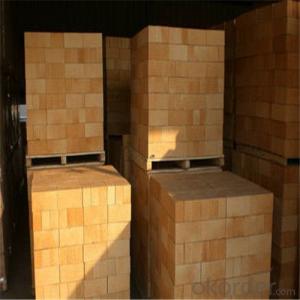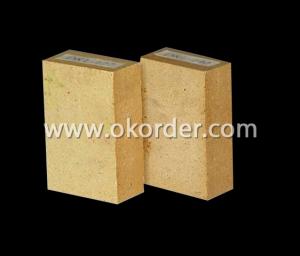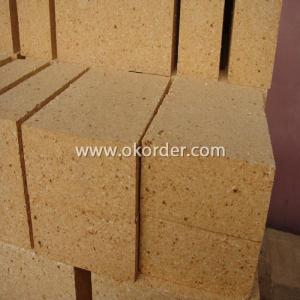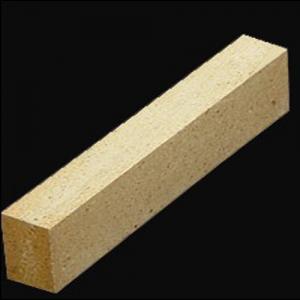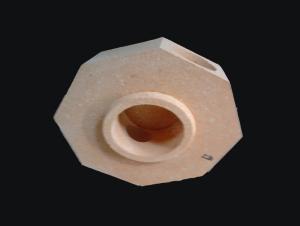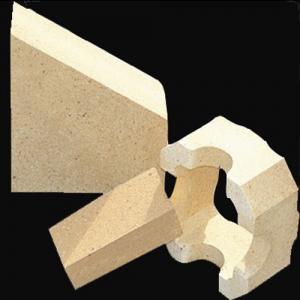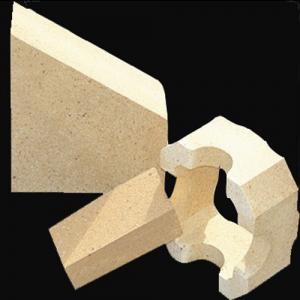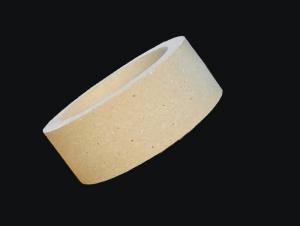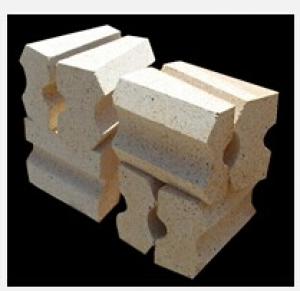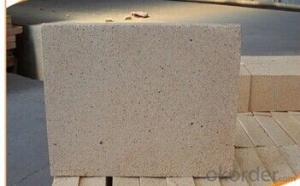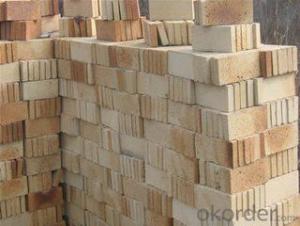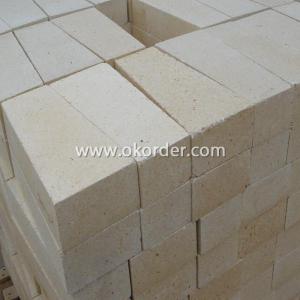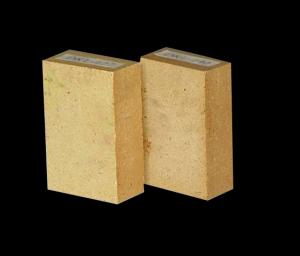Fireclay Brick - Low Porosity SG10
- Loading Port:
- China Main Port
- Payment Terms:
- TT or L/C
- Min Order Qty:
- 5 ton m.t
- Supply Capability:
- 1000 Tons Per Month m.t/month
OKorder Service Pledge
OKorder Financial Service
You Might Also Like
General Information of Low Porosity Fireclay Brick SG10
Our corporation produces a comprehensive range of Low Porosity Fireclay bricks, with 30% to 55% alumina content, all of these bricks exhibit excellent performance.
Our Low Porosity Fireclay bricks are the final result of blending excellent calcined flint clay and calcined bauxite, with cutting-edge technology, adding superfine powder, after mixing, drying, forming, in the high temperature shuttle kiln. We ensure you that the Fireclay Bricks made by us possess high quality standard and have gone through all the complicated quality control parameters. Their durability and strength adds life to the structure and they have the capacity of bearing high temperature.
Technical Data of Low Porosity Fireclay Brick SG10 | ||
Physical Properties: | ||
Refractoriness | ℃ | 1750 |
Permanent Linear Change(1400℃×2h)% | % | -0.1~0.05 |
Apparent Porosity, % | % | ≤10 |
Cold Crushing Strength | Mpa | ≥70 |
Refractoriness Under Load (T0.6) | ℃ | 1500 |
Thermal Expansion at 1000℃, | % | - |
Density | g/cm3 | ≥2.4 |
Chemical Analysis: |
|
|
Al2O3 | % | ≥45 |
Fe2O3 | % | ≤1 |
Note: | ||
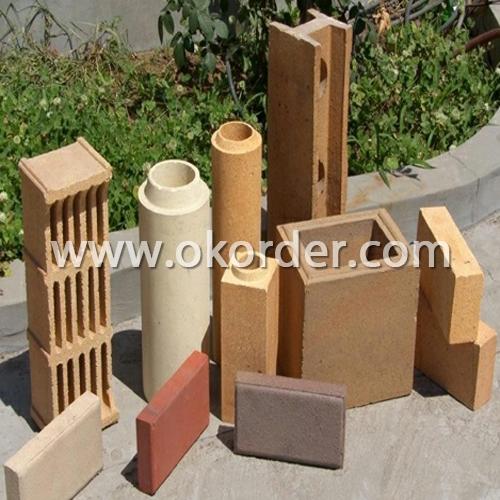

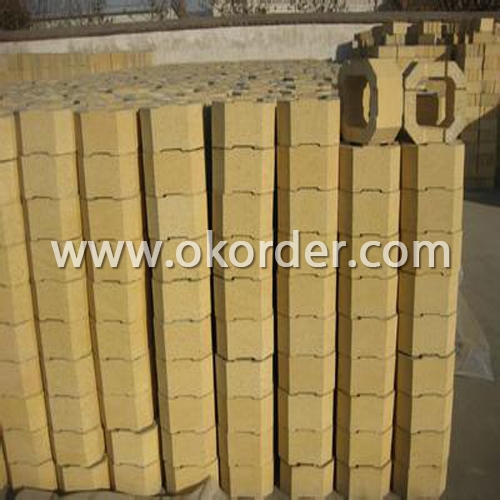
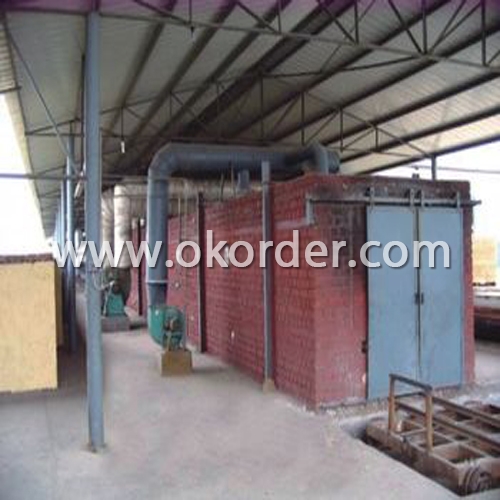
Feature of Low Porosity Fireclay Brick SG10
Resistant to thermal shock, abrasion, chemical attack
High ability for anti-abrasion during work
Low shrinkage degree under high temperature so as to maintaining integrity of the furnace lining
Low apparent porosity, and low Fe2O3 content to reduce the carbon deposit in the blowhole and avoid the bricks broken in case of expansion
Applications of Low Porosity Fireclay Brick SG10
Low Porosity Fireclay Brick SG10 is mainly used in glass furnace.
- Q: Scheme of cement kiln replacing 40 meter refractory brick kiln
- If only replace refractory bricks, it just needs three days under the condition of 200 degrees. It will be simpler if there is only free water in the refractory brick (no pouring material).
- Q: when to replace the worn refractory bricks in rotary?kiln?
- But also depend on the other conditions of the furnace, many aspects should be understood, not only to see the degree of wear!
- Q: Does circulating fluidized bed boiler's furnace wall use refractory to have thermal insulation?
- Now all use castable refractory, the outer layer is generally pouring refractory castable, the inside layer is a heat insulation castable refractory.
- Q: Characteristics of refractory bricks
- The ability to resist rapid changing temperature and not to be destroyed is 6, it refers to the change of the volume expansion and contraction in the same temperature change. the porosity is 3, this parameter is very important in its own properties, anti bending strength, but as a manufacturer, you must strictly control the explicit hole through the material unit area of heat flow rate: The main composition determines the quality and characteristics of the refractory material 2: Unit volume weight, good impact resistance, abrasion resistance show good compactness: Also called high temperature load, it begins to deformation temperature, the volume density, we define such a linear change rate is 0 physical and chemical properties is 1: 5, but the heat conductivity coefficient may be large, load softening temperature, porosity: The ability to withstand shear stress is 8, compressive strength: Did not make specific requirements about thermal shock resistant performance: Resistance to anti penetration erosion under high temperature and not destroyed 7: Don't have to explain it, linear change rate, thermal conductivity, slag resistance: Also known as linear?change?on?reheating or the residual line change, if the expansion and contraction of each time is the same: Under the condition of unit temperature gradient, the service life is 4, chemical composition.
- Q: What are the simple ways to distinguish between excessive clay bricks and less fired clay bricks?
- Generally speaking, compared with the exterior burning brick, the internal combustion brick not only saves the clay and the waste material, but also has smaller volume density, lower thermal conductivity, and can increase the intensity by about 20%. Burnover light color, sound, low intensity; burned brick deep color, crisp sound, high strength, irregular size. These two kinds of bricks are unqualified products.
- Q: why the color of refractory brick is white after high temperature firing when the meteorite is black after the burning?
- There are different reasons. Meteorolites can mainly be divided into three types, iron meteorites (iron nickel alloy): Stone meteorites (the main component is silicate), and stony iron meteorites(the mixture of iron and silicate)
- Q: What are the properties of clay bricks?
- Clay brick is very important. It can make clay brick not only with high refractoriness, but also can be used in many high temperature thermal equipment. The brick brick has better resistance to hot and cold, and the water cooling can reach 10~25 times at 850 centigrade. Clay brick can resist weak acid slag corrosion, the resistance to alkaline slag is slightly worse, increasing the content of Al2O3, can improve the ability of alkali resistance slag.
- Q: 1200 degrees inside the furnace, lay a layer of refractory brick, what is the temperature outside?
- except refractory brick, refractories include refractory concrete (refractory cement+aggregate), fire-resistant insulating layer (refractory cement+vermiculite powder or refractory cement + diatomaceous earth) and so on.
- Q: What is the clay used to make the refractory brick?
- Lining brick of teeming ladle; refractory clay used in building materials industry to produce high alumina bricks for cement kilns and glass furnaces, as well as anti sliding, high alumina lining bricks and high alumina refractory clay. The hard clay in refractory clay is used for making blast furnace refractory material, which is used in agriculture as a fertilizer promoting agent and, and electron. High alumina clay is also used in the oil well, generally does not disperse in water. In metallurgy, accounts for 2/3 of abrasive products, and so on. Hard clay and semi hard clay can be used to manufacture daily-use ceramics. High alumina clay after calcination, which has high temperature resistance! Refractory clay refers to the degree of fire resistance is greater than 1580, the hardness and proportion is relatively big, the refractoriness is good. They except has relatively high refractoriness. Such as aluminum sulfate, its dosage accounts about 70% of all the refractory materials;
- Q: MU10 what are the non clay solid bricks?
- Clay solid brick with clay and is needed by adding admixture as raw materials, solid bricks by water mixing, molding, high temperature calcination made, mainly used for masonry bearing and non bearing wall, wall materials is a kind of widely used.
Send your message to us
Fireclay Brick - Low Porosity SG10
- Loading Port:
- China Main Port
- Payment Terms:
- TT or L/C
- Min Order Qty:
- 5 ton m.t
- Supply Capability:
- 1000 Tons Per Month m.t/month
OKorder Service Pledge
OKorder Financial Service
Similar products
Hot products
Hot Searches
Related keywords
